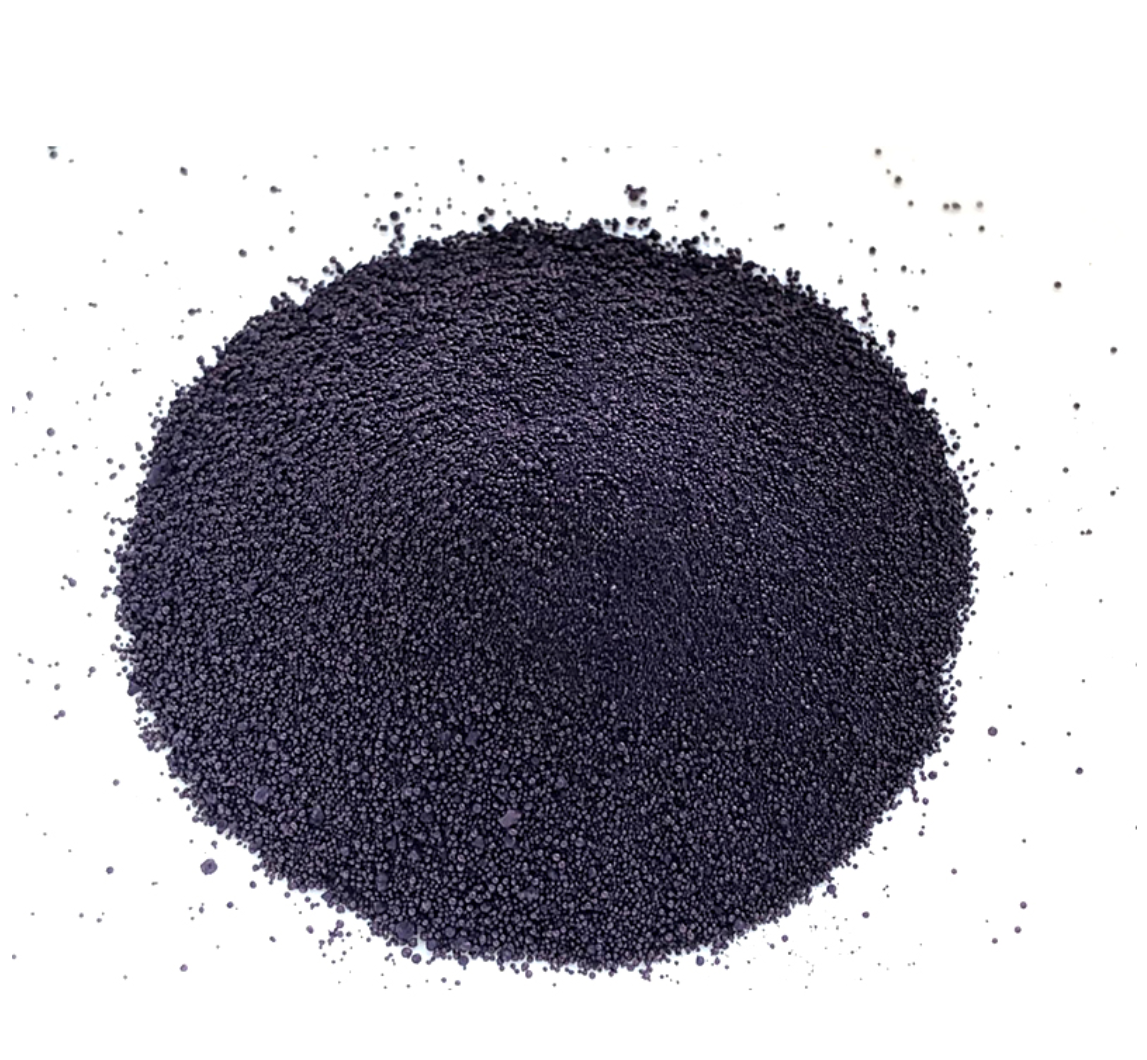Exploring Unique Techniques in Custom Indigo Dyeing Artistry and Craftsmanship
The Art of Custom Indigo Dyeing A Journey into Timeless Tradition
Indigo dyeing, a practice that traces its roots back thousands of years, has captivated artisans and fashion enthusiasts alike with its deep, rich hues and unique application techniques. As we delve into the realm of custom indigo dyeing, we uncover not only the artistic expression involved but also the cultural significance that this age-old craft entails.
Historically, indigo has been revered in various cultures around the globe, from the ancient Egyptians who used it to dye textiles, to the traditional Japanese shibori techniques that showcase intricate patterns on fabric. The indigo plant, primarily Indigofera tinctoria, contains a compound known as indican, which, when fermented and oxidized, transforms into the striking blue dye we cherish today. The process is labor-intensive, requiring skill and patience, making each piece of dyed fabric a unique work of art.
Custom indigo dyeing offers a personalized touch to traditional practices, allowing artists and consumers alike to create bespoke pieces that resonate with individual stories and styles. By blending craftsmanship with modern designs, artisans can cater to specific tastes, ensuring that each dyed product serves not only as a piece of clothing or décor but also as a narrative of personal expression.
One of the most popular techniques in custom indigo dyeing is the tie-dye method. This process involves tying sections of fabric with string or rubber bands to create patterns resistant to dye. The result is a stunning interplay of blue shades, with patterns that vary from classic spirals to intricate mandalas. Each design emerges from the dyeing process as a testament to the artist's creativity and the fabric's potential.
custom indigo dyeing

Another revered method is shibori, a form of resist dyeing that utilizes various folding, twisting, and binding techniques to create distinct patterns. Techniques like itajime (folded and clamped), arashi (pole-wrapped), and nui (stitched) yield textures and designs that reflect a deep connection to nature. Custom shibori pieces can transform any item, from clothing to home textiles, into a statement of artistry and personal style.
In recent years, the revival of interest in sustainable fashion has played a pivotal role in the resurgence of custom indigo dyeing. Many consumers are seeking eco-friendly alternatives to fast fashion, and indigo dyeing is often seen as a more sustainable option. The natural indigo dye process is generally less harmful to the environment compared to synthetic dyes, especially when using organic cotton and other sustainable fabrics. This movement not only promotes the craft but also encourages a deeper appreciation for the resources and labor behind each piece.
Moreover, custom indigo dyeing fosters a connection between artisans and their communities. Artisans often participate in workshops and collaborative projects, passing down knowledge to younger generations while creating a platform for cultural exchange. These communal endeavors help preserve traditional methods, ensuring that this beautiful craft continues to flourish in modern contexts.
In conclusion, the art of custom indigo dyeing is a bridge between history and modernity, encapsulating the beauty of craftsmanship and personal expression. With its deep cultural roots, sustainable practices, and endless possibilities for creativity, indigo dyeing offers an elegant way to celebrate individuality while honoring age-old traditions. Each piece not only serves as a visual delight but also as a story woven into the very fabric of our lives. As we embrace the journey of custom indigo dyeing, we are reminded of the enduring power of art and its ability to connect us to our heritage and each other.
-
The Timeless Art of Denim Indigo Dye
NewsJul.01,2025
-
The Rise of Sulfur Dyed Denim
NewsJul.01,2025
-
The Rich Revival of the Best Indigo Dye
NewsJul.01,2025
-
The Enduring Strength of Sulphur Black
NewsJul.01,2025
-
The Ancient Art of Chinese Indigo Dye
NewsJul.01,2025
-
Industry Power of Indigo
NewsJul.01,2025
-
Black Sulfur is Leading the Next Wave
NewsJul.01,2025

Sulphur Black
1.Name: sulphur black; Sulfur Black; Sulphur Black 1;
2.Structure formula:
3.Molecule formula: C6H4N2O5
4.CAS No.: 1326-82-5
5.HS code: 32041911
6.Product specification:Appearance:black phosphorus flakes; black liquid

Bromo Indigo; Vat Bromo-Indigo; C.I.Vat Blue 5
1.Name: Bromo indigo; Vat bromo-indigo; C.I.Vat blue 5;
2.Structure formula:
3.Molecule formula: C16H6Br4N2O2
4.CAS No.: 2475-31-2
5.HS code: 3204151000 6.Major usage and instruction: Be mainly used to dye cotton fabrics.

Indigo Blue Vat Blue
1.Name: indigo blue,vat blue 1,
2.Structure formula:
3.Molecule formula: C16H10N2O2
4.. CAS No.: 482-89-3
5.Molecule weight: 262.62
6.HS code: 3204151000
7.Major usage and instruction: Be mainly used to dye cotton fabrics.

